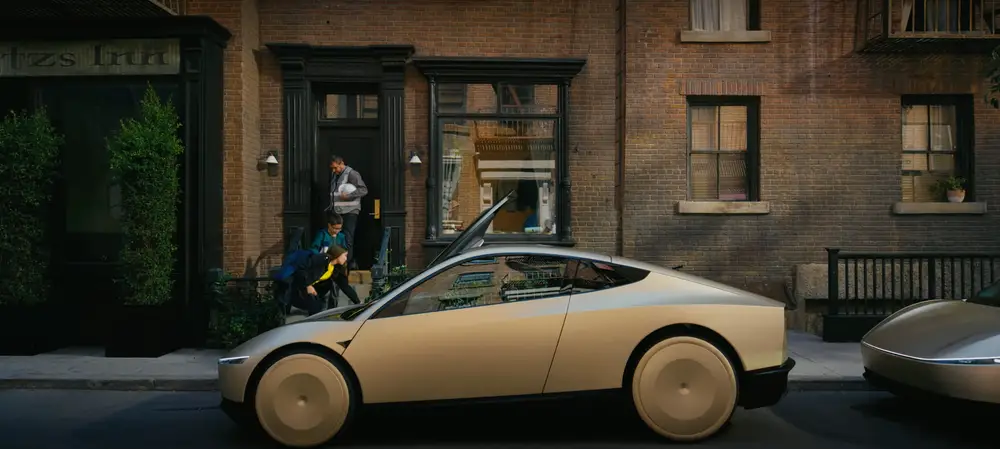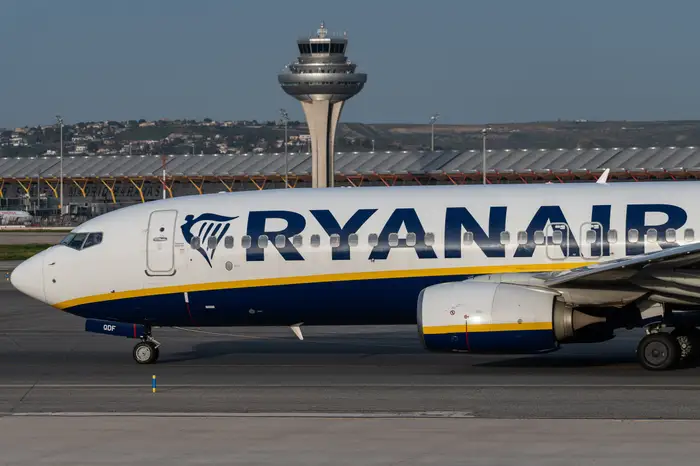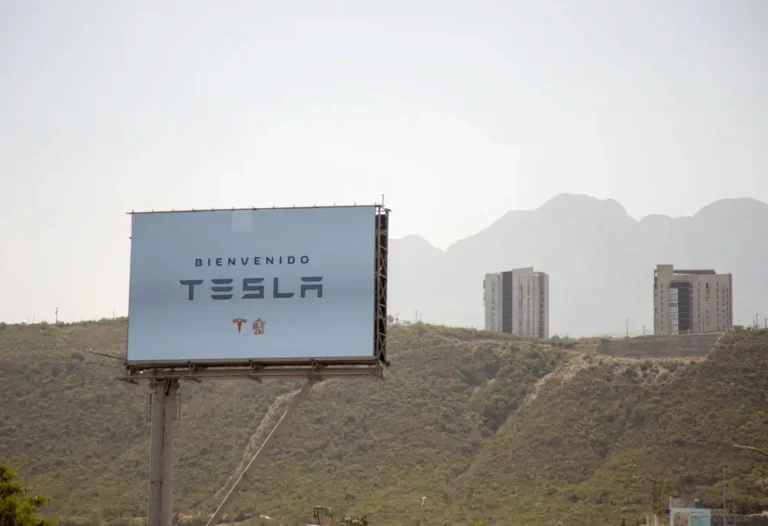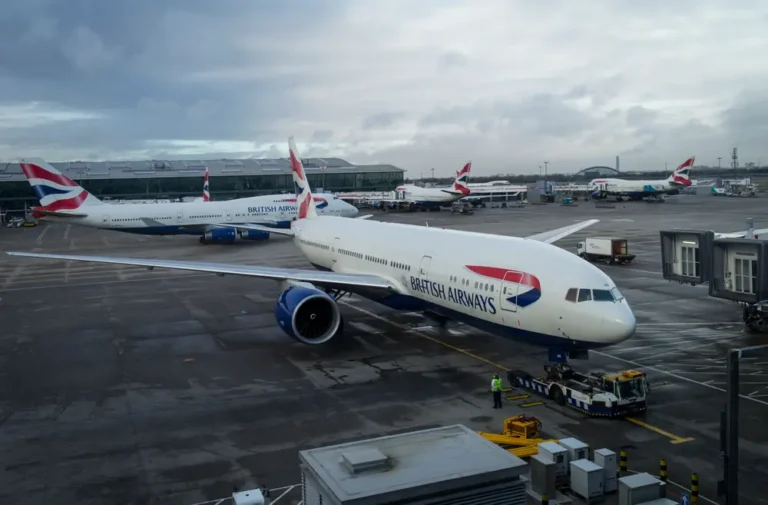Don’t hold your breath waiting for a Tesla robotaxi

Tesla’s robotaxi may take years before it hits the open road.
Tesla has given its fans and investors what they have long waited for — the robotaxi.
CEO Elon Musk went heavy on hype and light on key details, including the cars’ safety and regulatory considerations.
“You’ll be able to take a ride in the Cybercab,” Elon Musk told a crowd of Tesla enthusiasts at the “We, Robot” event on Thursday evening.
“There’s no steering wheel or pedals. So I hope this goes well. We’ll find out,” he laughed.
While Musk’s autonomous cars may be ready to drive around Warner Bros. Discovery’s movie studio in Burbank, California, it will take a while before they can roam the rest of the country.

Tesla has faced scrutiny over its Autopilot driver assistance feature.
Regulatory hurdles
Tesla faces various regulatory challenges in making its robotaxi network a reality.
In California specifically, it will need to acquire a permit to test and operate autonomous vehicles without a driver — something the company has not yet done.
It has a permit to test autonomous vehicles with a driver on public roads in the state. However, while rivals Waymo and Zoox reported driving thousands of miles last year — Tesla didn’t report driving any, according to California Department of Motor Vehicles data.
Tesla did not respond to a request for comment on this point.
“It’s a problem of their own making,” Phil Koopman, a professor at Carnegie Mellon University and an expert in autonomous vehicle safety, told B-17.
Koopman said automakers applying for driverless permits typically needed to show a high number of miles driven.

A Waymo autonomous self-driving electric vehicle.
Plus, to mass-produce and sell a vehicle without a steering wheel or pedals, Tesla will need to get permission from the federal government — a process that could be complex and lengthy with no guarantee of success, he said.
Autonomous driving isn’t regulators’ only concern that could affect Tesla’s robotaxi efforts.
It took ride-hailing giants like Uber and Lyft years to legally operate in some US states, citing several sticky issues such as protection for traditional taxi companies.
Koopman told B-17 that Tesla would be able to exploit some of the regulatory wins enjoyed by Uber and Lyft in recent years to help expand its ride-hailing service quickly — but warned that the company would also have to go through the same process as Waymo and Cruise to get their driverless cars certified as ride-hailing vehicles.
Cruise and Waymo feel the heat
Tesla has already been subject to significant scrutiny and probes by regulators regarding Autopilot, its partial vehicle automation system.
Alphabet’s Waymo was also investigated by the NHTSA earlier this year over reports its robotaxis were potentially violating traffic safety laws and displaying “unexpected behavior.”
And General Motors’ Cruise subsidiary got in hot water with regulators last year after several safety accidents. The company lost its permit to operate in California after a pedestrian was dragged for 20 feet beneath one of its driverless vehicles after it ran her over.
Posting on X on Thursday before the launch event, former Cruise CEO Kyle Vogt laid out the challenges that Tesla would face.
“Autonomy is the fastest and most effective way to eliminate car accidents, and we desperately need this,” he wrote.
“I don’t know what we will see tonight. What I know is that it takes a non-trivial amount of work to go from making a car mostly drive without interventions to safe, robust, and legally compliant robotaxi network that meshes well with local communities,” he added.






